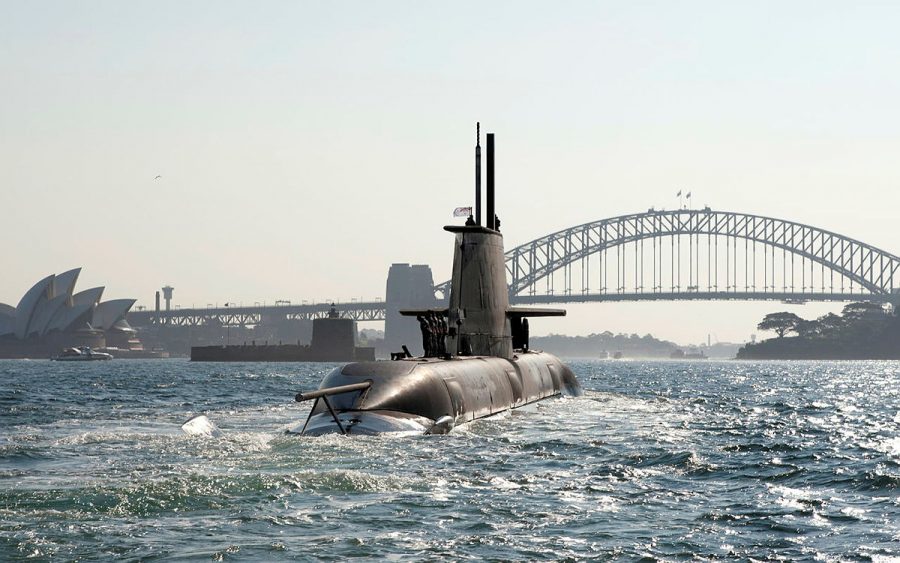Maxman1
Army.ca Veteran
- Reaction score
- 1,554
- Points
- 1,160
Glad the process has finally started. This is really gonna be an uphill battle since multiple parties have kicked all the 'defence' cans down to where we are now.
Norway and Germany recently ordered 6 Type-212CDs for $8B CAD. Accounting methods and requirements aside, that's reasonable.
Or there's the Dolphin 2, based on the 212 but enlarged and with an additional four 26 inch torpedo tubes, and the Type 216, designed for Australia before they chose a non-nuclear version of a French nuclear submarine (celebrated for their excellence).



